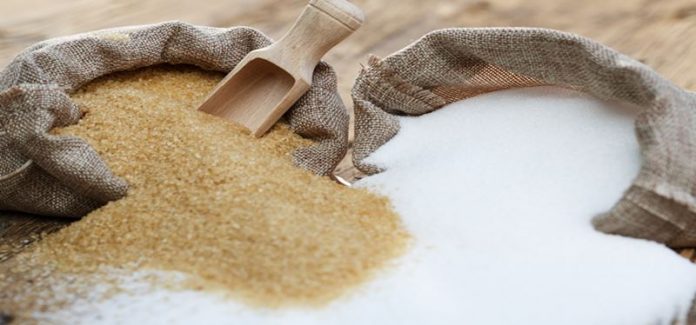The Rs 7,000 crore bailout package for the sugar industry has evoked mixed response. While some sector analysts think the package had failed to address the structural issues that have actually plagued the industry, some others think these measures are likely to improve the financial performance of sugar mills and also aid them in clearing sugarcane dues. The cabinet also approved several measures to address the liquidity issues of sugar mills.
But Crisil feels the bailout package, though well intended, does nothing to address the structural issues that have plagued the industry, the most acute being non-linkage of sugarcane prices to end-product realisations. “Creating a buffer stock and fixing a minimum ex-factory price for sugar will help improve the cash flows of mills to the extent of Rs 3,500-4,000 crore or Rs 9,100 crore for the industry over the next one year, which would only account for nearly 40 per cent of the current cane arrears. Worryingly, with the supply surplus situation anticipated to continue in the sugar season 2019 as well, a further build up in arrears can’t be ruled out. The offer of financial support to mills for setting up distillery capacity is unlikely to find many takers, given the financial situation of the industry,” said Crisil Research.
The intervention has come due to crash in sugar prices from a high of Rs 37,500 per tonne (ex-mill UP) in October 2017 to a low of Rs 26,500 per tonne (ex-mill UP) in mid May 2018. This caused losses for sugar mills and cane arrears crossing Rs 20,000 crore.
Sabyasachi Majumdar, senior vice-president & group head, Icra Ratings, said, “According to our estimates, with the sugar production crossing 31.5 million tonnes after meeting sugar consumption of 25 million tonnes and the target of exporting 2 million tonnes, the domestic market would still have 3-3.5 million tonnes of excess sugar stocks than the normative sugar stock for the next season.
“Hence, with the creation of 3 million tonnes buffer stock, the demand-supply situation in the domestic market would improve and result in an increase in sugar prices. Further, the direct impact of carrying cost alone would amount to a benefit of around Rs 400-450 per tonne, translating into a higher PBT margin by 1-1.5 per cent. In addition, the industry would benefit from some hardening of sugar prices, although the quantum of the increase can’t be ascertained.”
The MSP of sugar at Rs 29 per kg is a positive for mills in western and southern regions as the prices are hovering at Rs 26-27 per kg. This move is likely to result in a rise in profitability of these mills. But the government regulations in imposing the same remains to be seen, he said.
Earlier, in March, the food and consumer affairs (FCA) ministry had allowed for sugar exports of 2 million tonnes under the minimum indicative export quota (MIEQ) scheme in SY18. Under the scheme the export quota has been fixed, taking into account average output of mills achieved in the last two years and up to February of this marketing year. Subsequently in May, the Centre notified a cane production subsidy of Rs 55 per tonne, which would be paid directly to farmers as part of the cane costs. Sugar mills meeting 100 per cent of the target notified under the MIEQ are eligible for this subsidy. But exports are yet to pick up due to low global prices. In India also, sugar surplus has resulted in a significant decline in prices.
On the pricing front, Majumdar said, “Domestic sugar production for SY18 is set to cross 31 million tonnes from 20.3 million tonnes last year. This has been driven mainly by a recovery in production in Maharashtra, north Karnataka and UP. We expect domestic sugar consumption to increase to around 25 million tonnes in SY18 from 24.5 million tonnes in SY17.
As per our estimates, even after meeting the target of exporting 2 million tonnes, the domestic market would still have around 2.5-3 million tonnes of excess sugar stocks than the normative stock for the next season. Hence, while sugar prices are likely to improve with the successful implementation of MIEQ, any significant increase from the current levels can be ruled out, given the continued oversupply scenario in the domestic market.”












